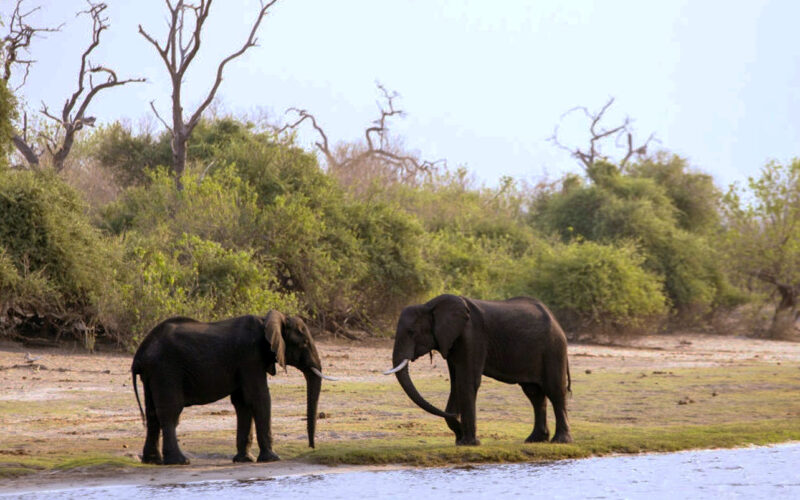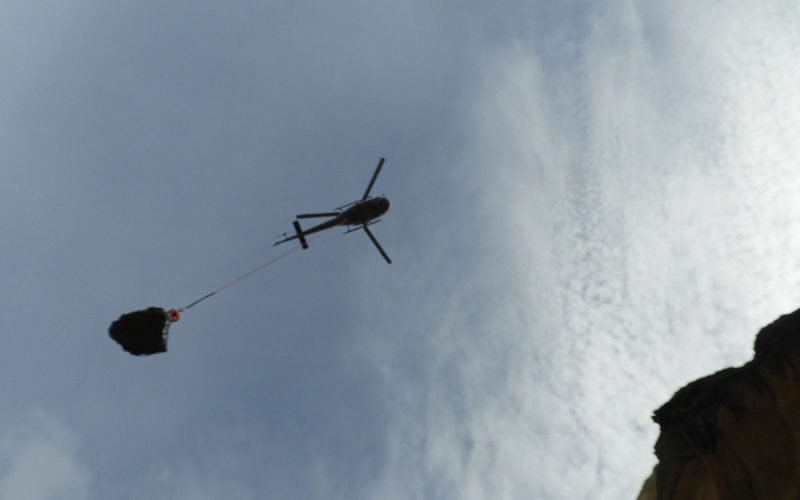
Unusual ancient elephant tracks had our team of fossil experts stumped – how we solved the mystery
OVER the past 15 years, through our scientific study of tracks and traces, we have identified more than 350 fossil vertebrate track sites from South Africa’s Cape south coast. Most are found in cemented sand dunes, called aeolianites, and all are from the Pleistocene Epoch, ranging in age from about 35,000 to 400,000 years. CHARLES HELM, Research Associate, African Centre for Coastal Palaeoscience, Nelson Mandela University During that time we have honed our identification skills and have become used to finding and interpreting tracksites – a field called ichnology. And yet, every once in a while, we encounter something we…

